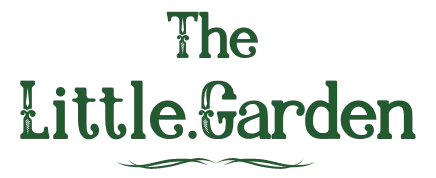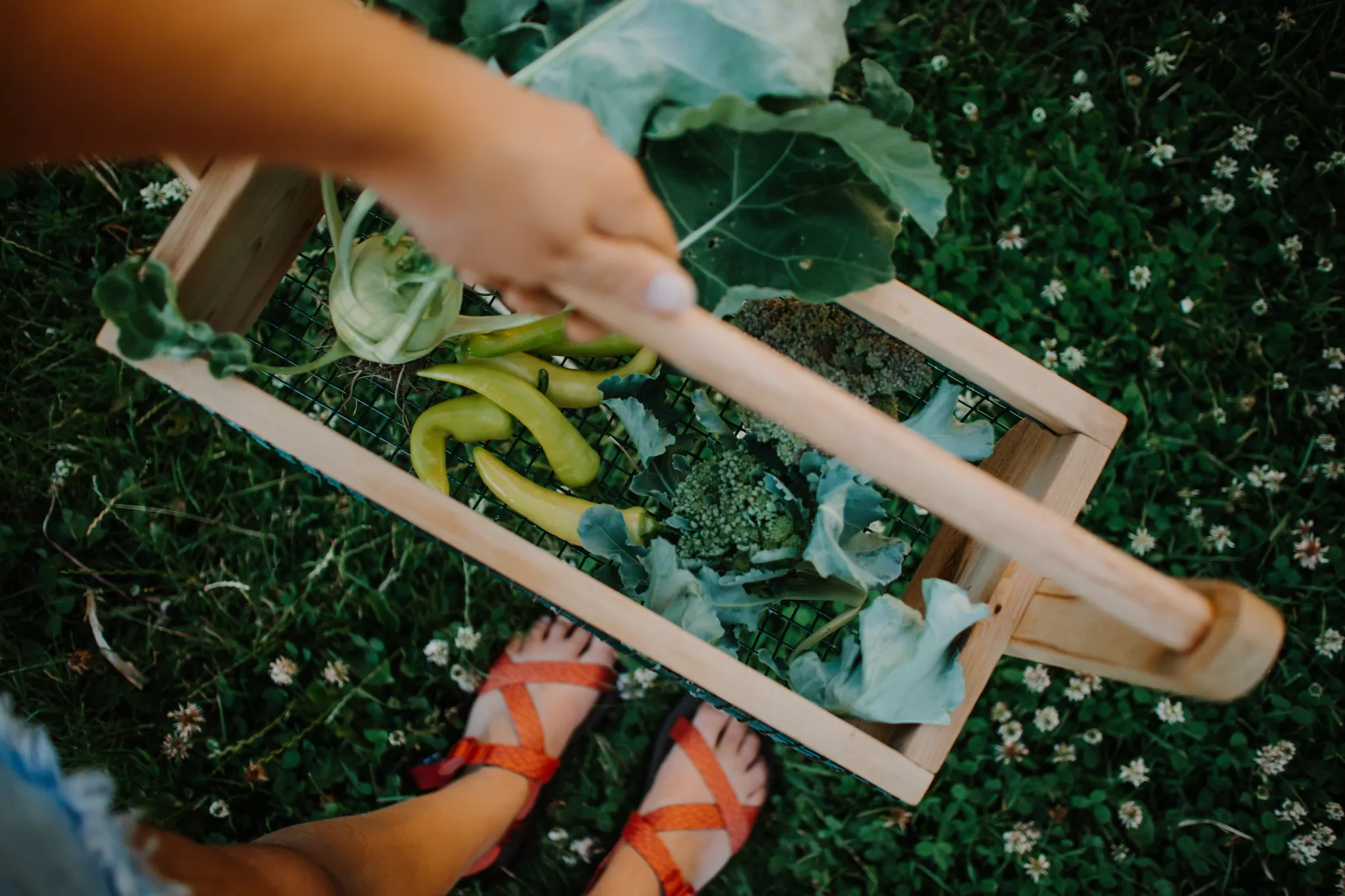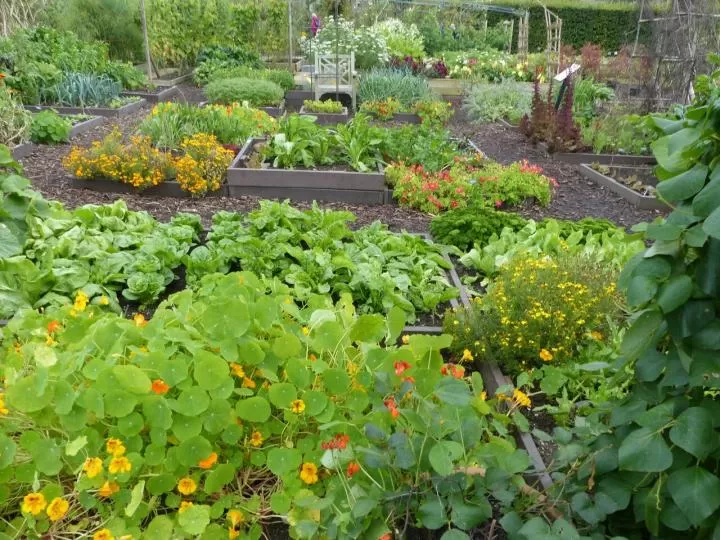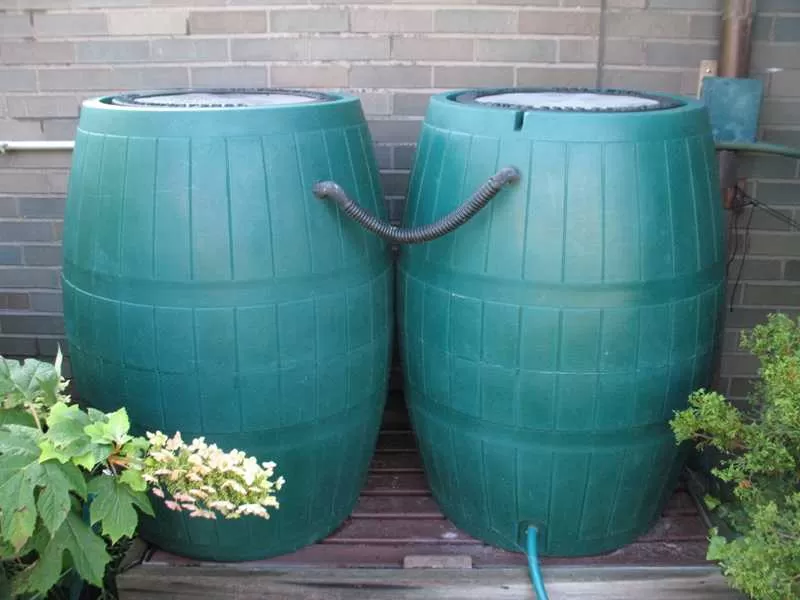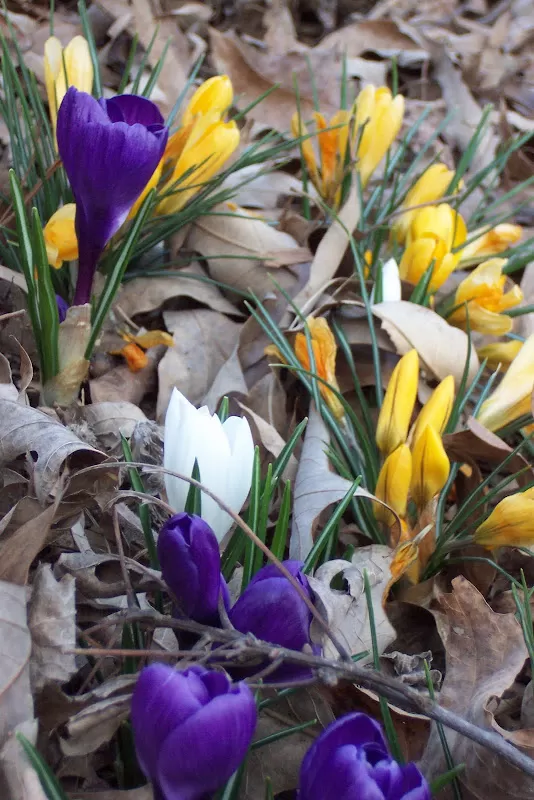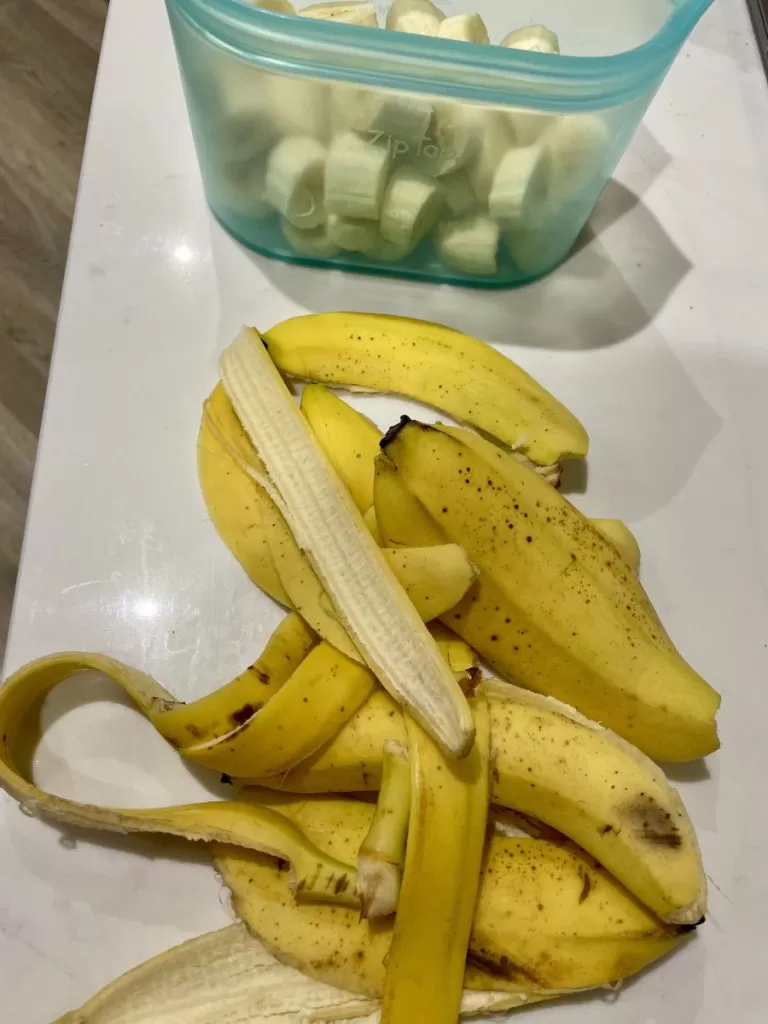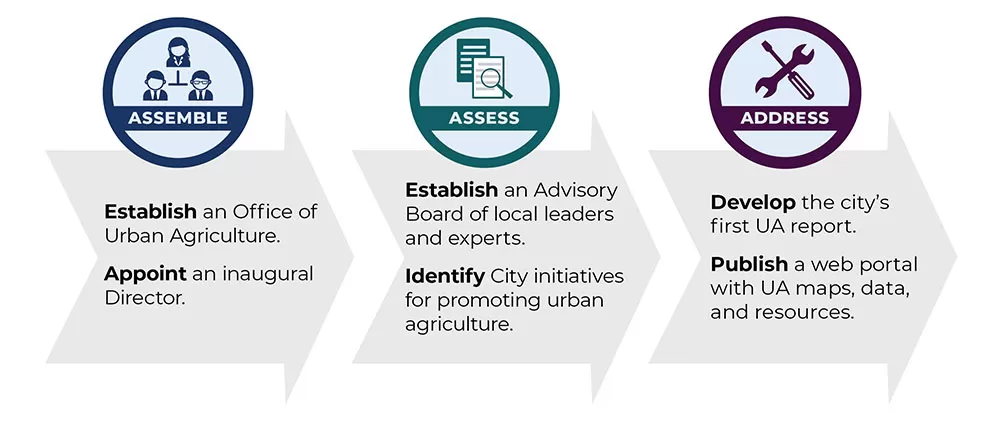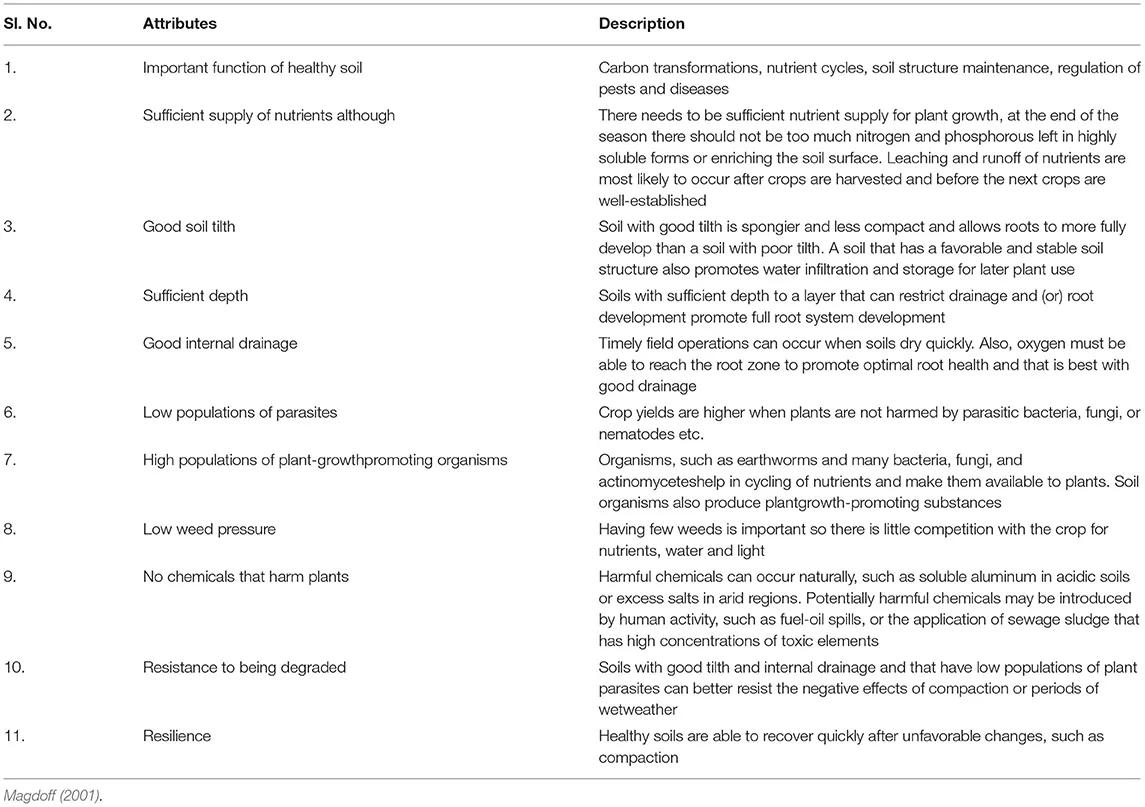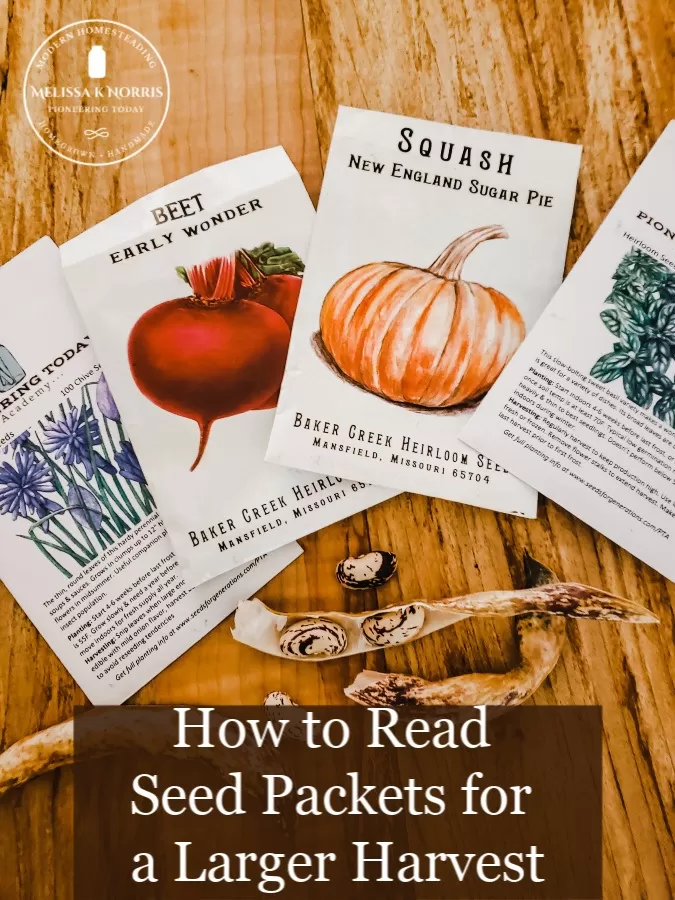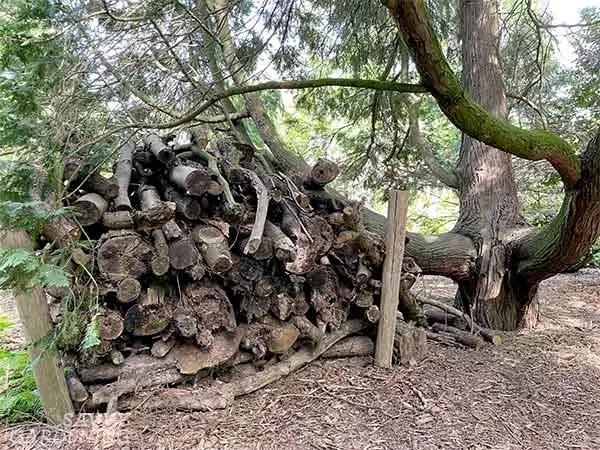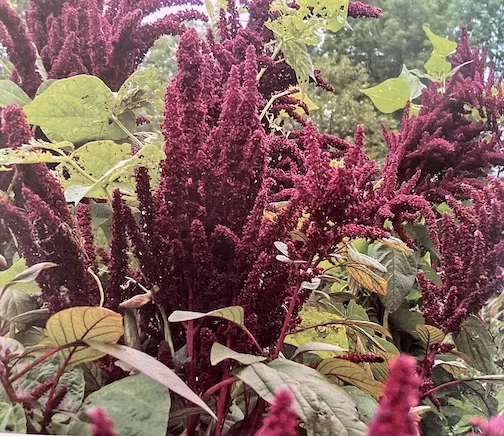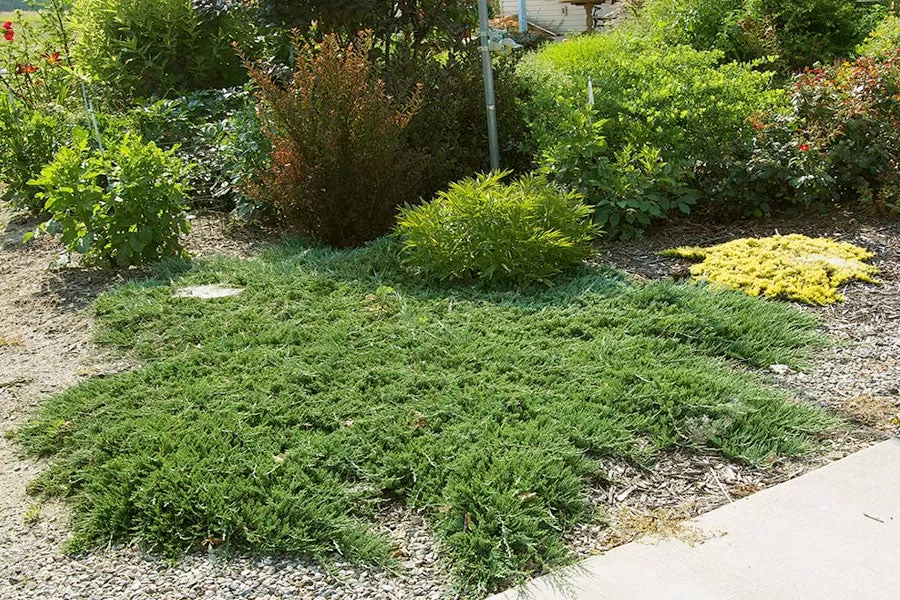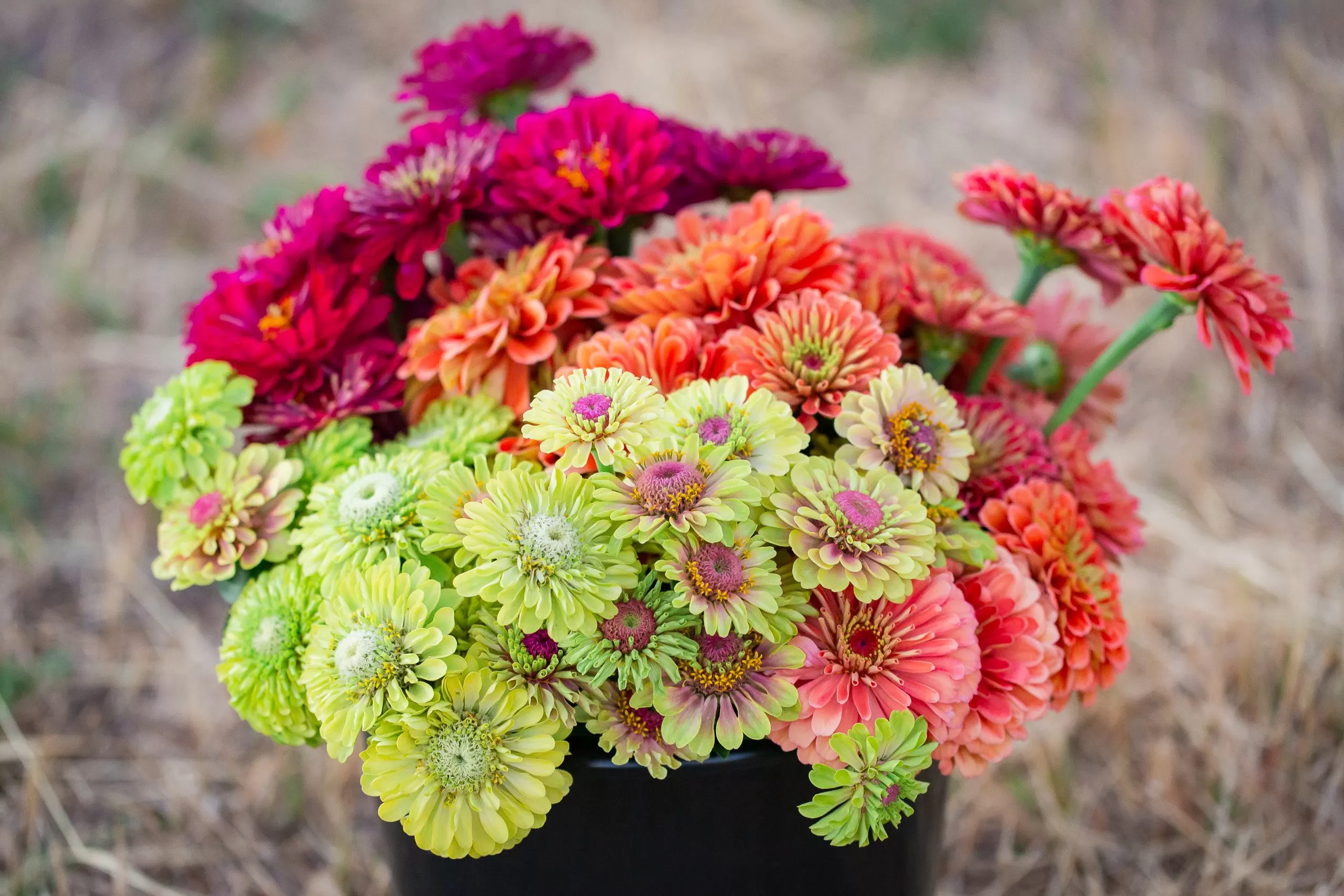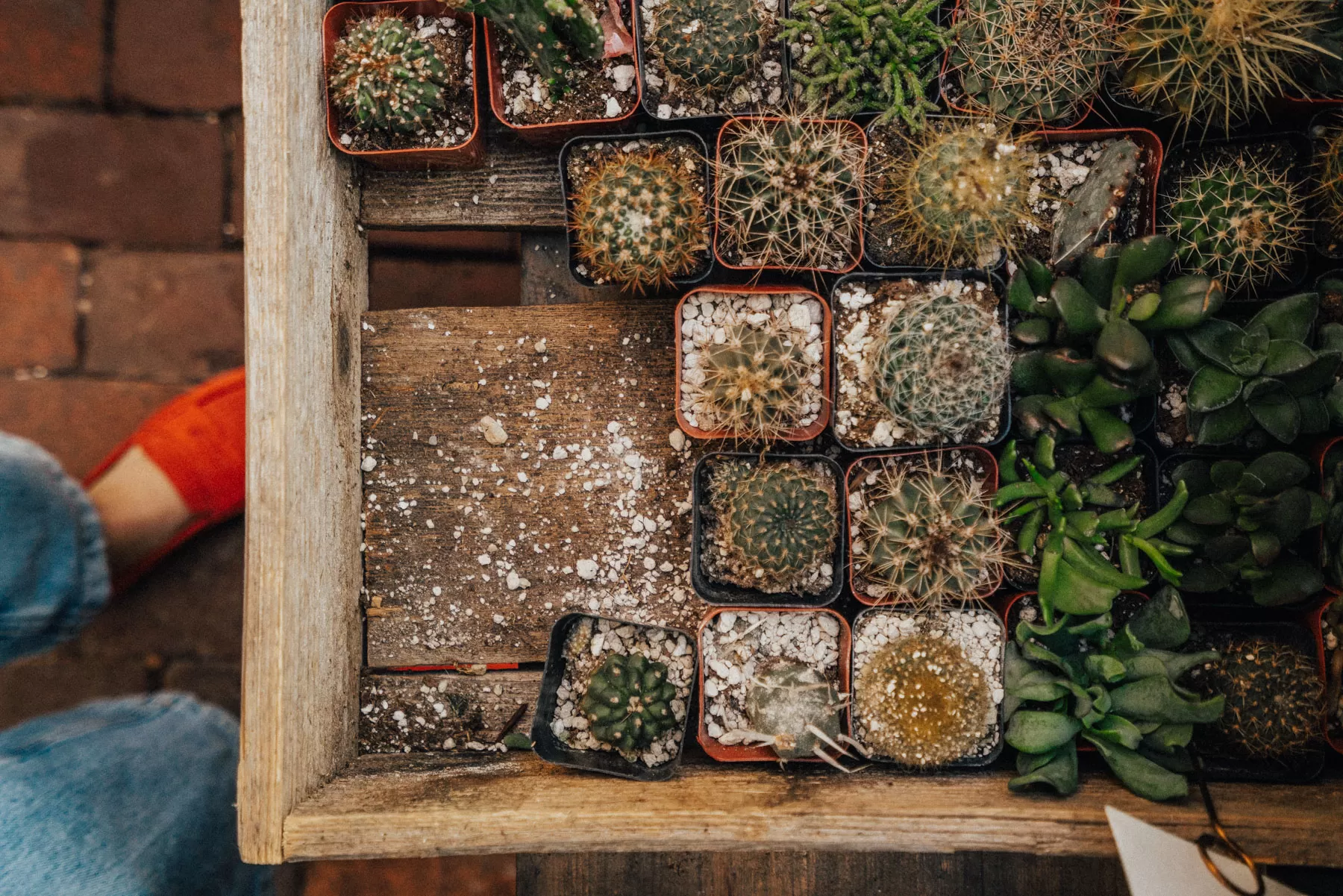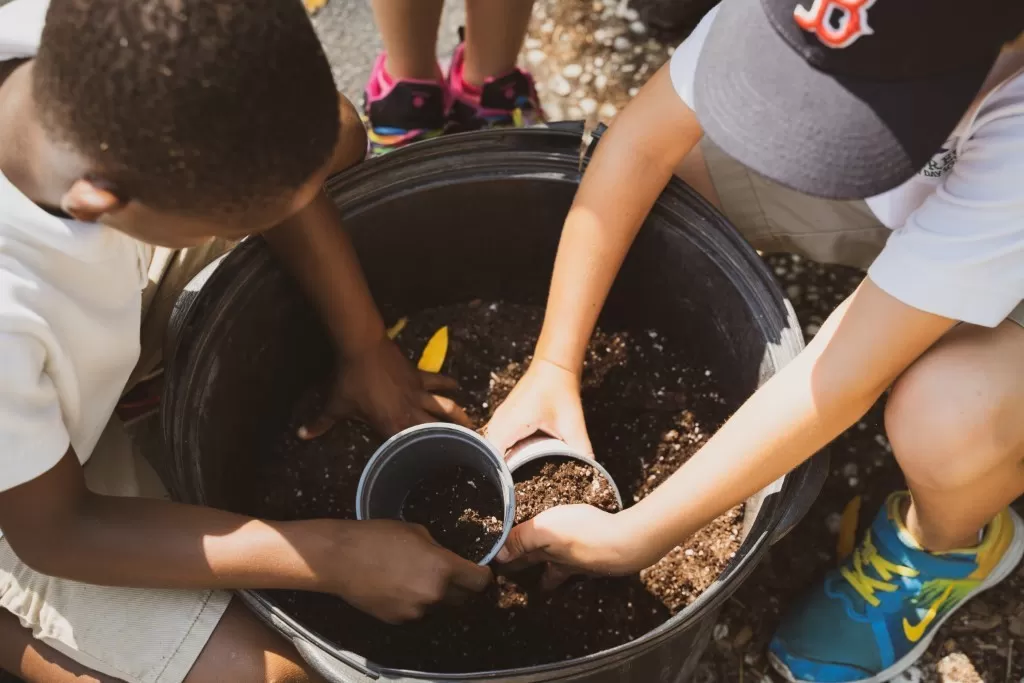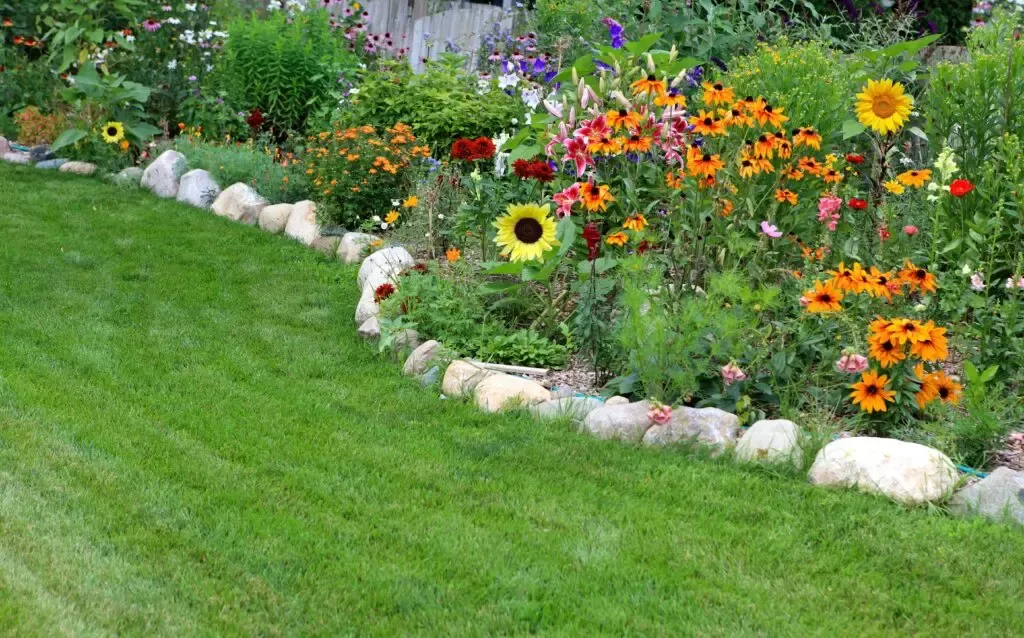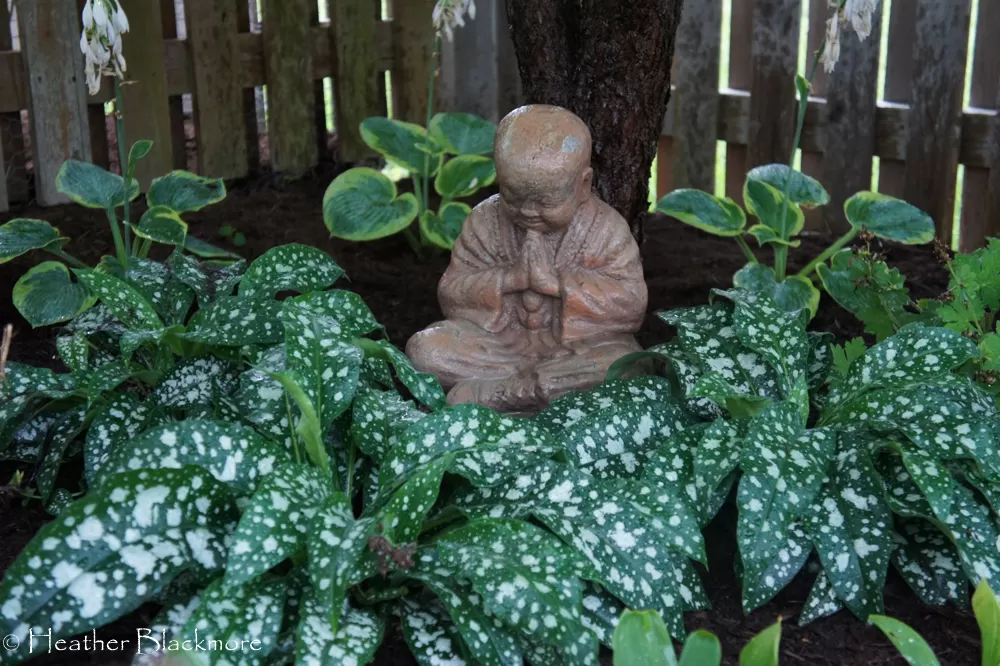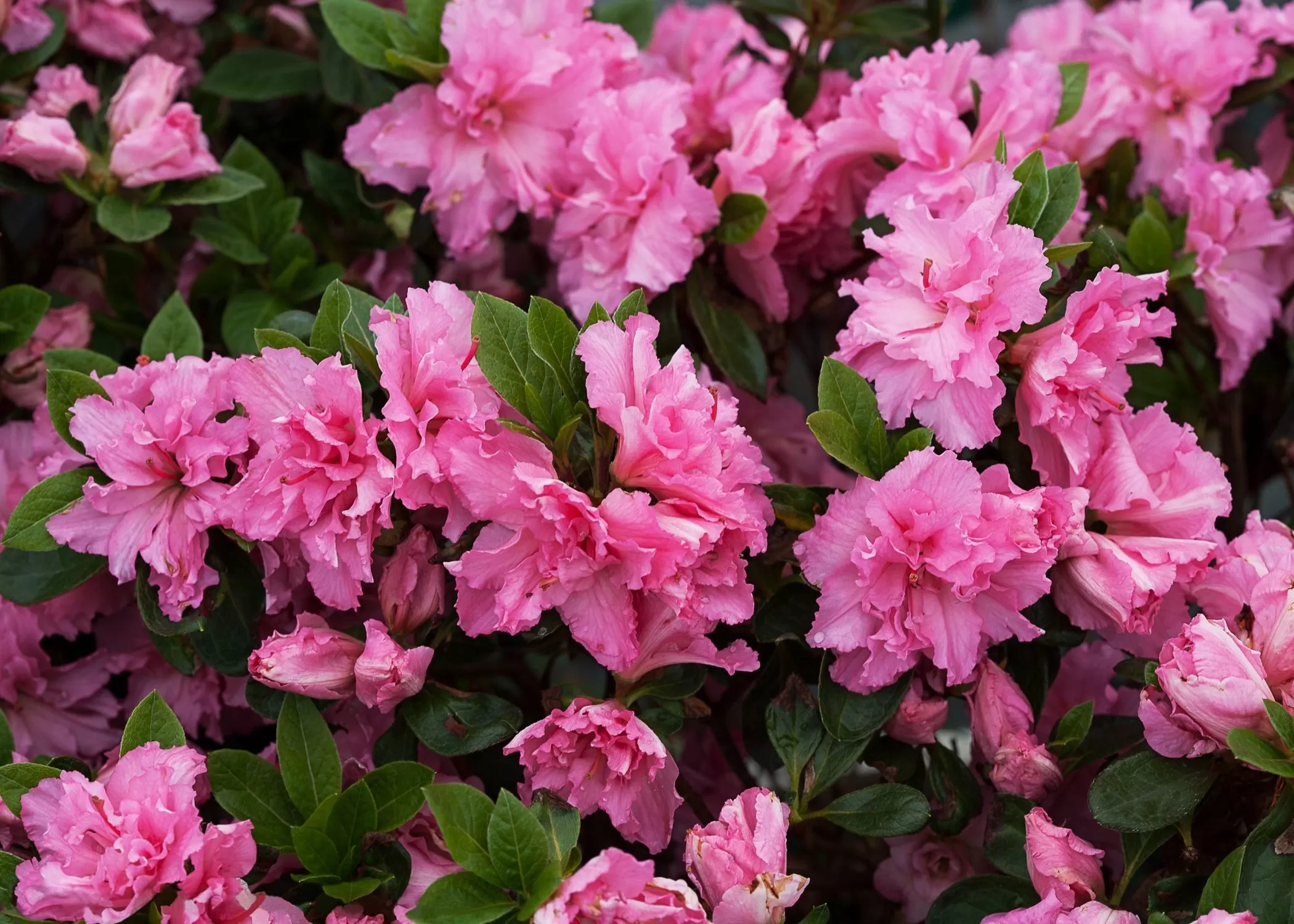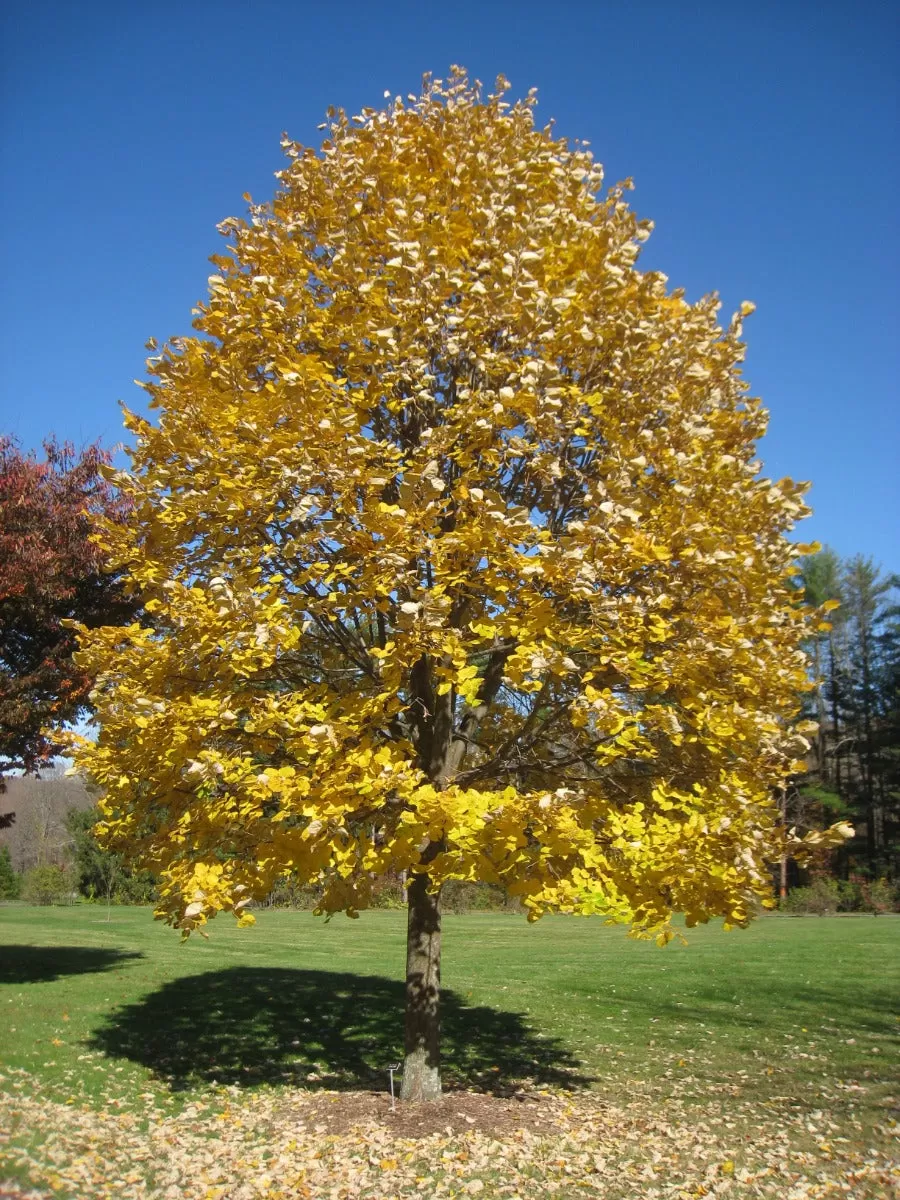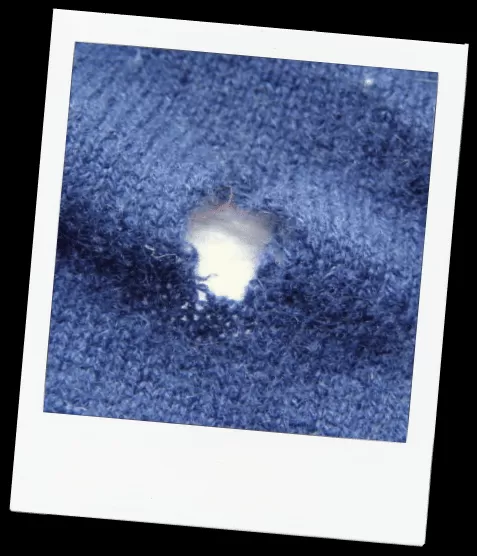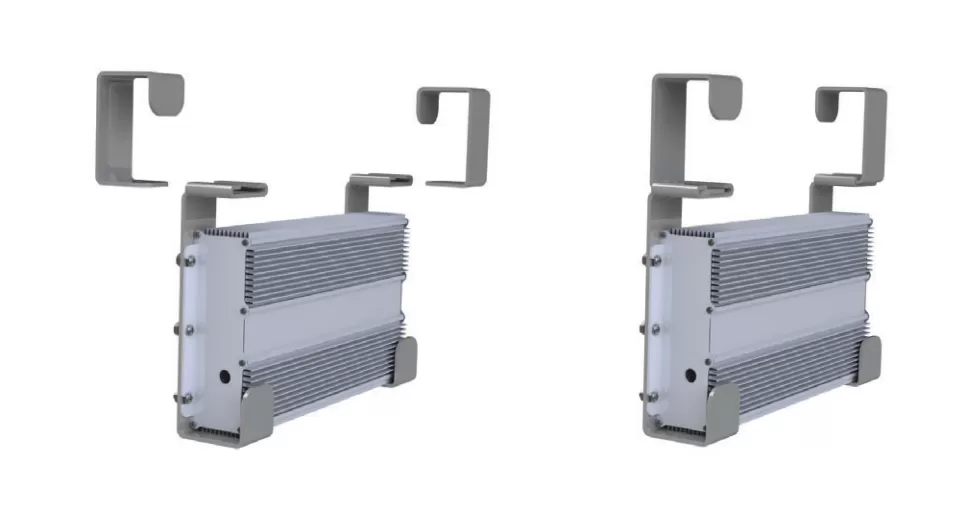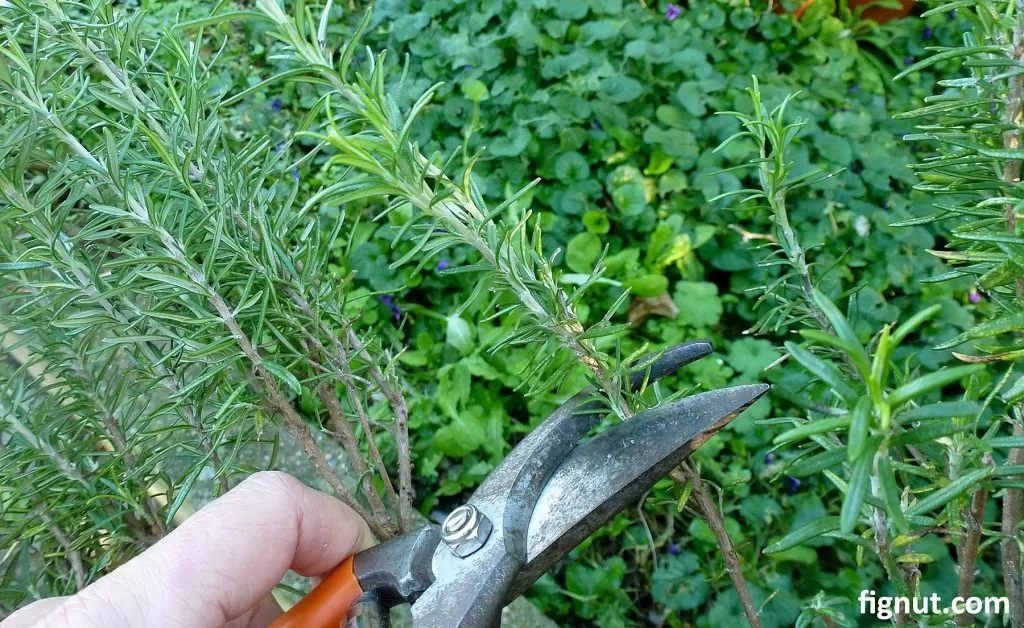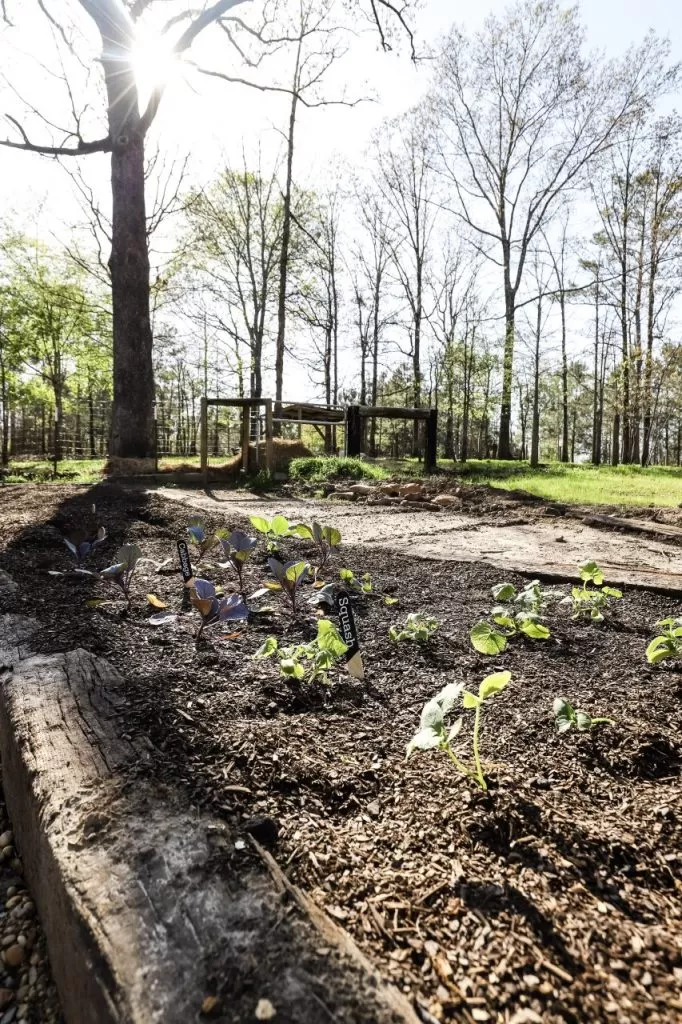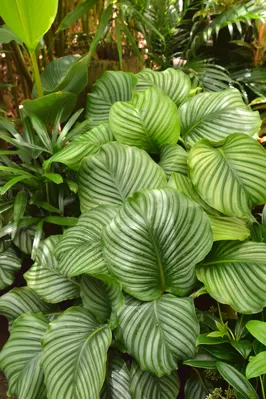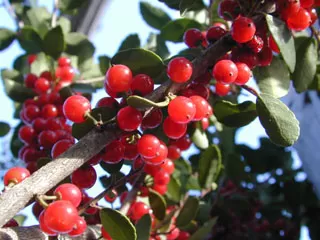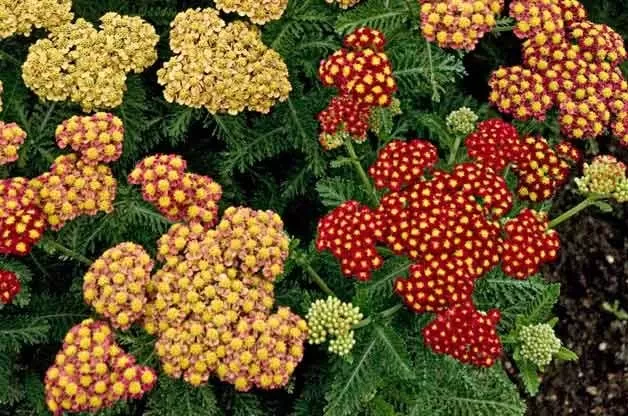- Discover how less than full sun can still yield a bountiful harvest.
- Learn which leafy greens, root vegetables, and even fruits thrive away from the harshest sun.
- Gain confidence to experiment and find success in your unique garden conditions.
- Find specific plant recommendations and tips for gardening in shady spots.
Is your garden blessed with more shade than sun? Perhaps large trees cast long shadows, your house blocks the afternoon light, or fences create cozy corners. If you’ve ever looked at those spots and sighed, thinking they’re useless for growing food, think again! While many popular vegetables crave “full sun” (that magical 6-8 hours of direct light daily), plenty of delicious vegetables that grow in shade are ready to prove that less light doesn’t mean less harvest. Join me as we explore how to turn those dappled, partially lit, or even heavily shaded areas into productive edible landscapes.
Contents
- Embrace Your Shady Spots: Why Less Sun Can Be More
- Fantastic Edibles for Partial Shade
- Leafy Greens Thrive in the Shadows
- Vining Crops Reaching for the Light
- Herbs for Happier Shady Corners
- Fruiting Plants for Less Sunny Spots
- Gardening in Heavy Shade
- Frequently Asked Questions About Shade Gardening
- Grow Your Shady Garden
Embrace Your Shady Spots: Why Less Sun Can Be More
Forget the picture-perfect sunny fields you see on seed packets or garden shows. Home gardening is about working with your space, imperfections and all. My own journey includes planting tomatoes in a driveway that gets only about 5 hours of sun – not “perfect,” but it still yields a respectable harvest. The reality is, many common garden features like houses, garages, trees, and hedges cast shade, and learning to garden within these conditions is key to maximizing your growing area.
Sometimes, shade is actually beneficial. For many leafy greens, the intense heat of summer sun can cause them to “bolt” – sending up a flower stalk and turning their leaves bitter. Growing these vegetables that grow in shade provides a cooler environment, slowing down bolting and extending your harvest of tender, delicious leaves.
It’s important to understand that not all shade is the same:
- Dappled Shade: Sunlight filtered through tree leaves, creating moving patterns of light and shadow.
- Partial Shade / Partial Sun: Typically means 3-6 hours of direct sunlight per day. Often refers to morning sun and afternoon shade, or vice versa.
- Heavy Shade / Full Shade / Deep Shade: Areas that receive little to no direct sunlight, relying mostly on reflected light.
 shade crops header image showing rhubarb in the shade of an apple tree
shade crops header image showing rhubarb in the shade of an apple tree
Fantastic Edibles for Partial Shade
Partial shade offers a surprising array of options for food gardeners. Many plants that prefer full sun can still produce a decent crop with 3-6 hours of light, especially if it’s morning sun which is less intense than afternoon sun.
Leafy Greens Thrive in the Shadows
Leafy greens are perhaps the most famous vegetables that grow in shade. Since we harvest their leaves before the plant needs energy for flowering or fruiting, they don’t require the same high-energy photosynthesis boost that sun-loving fruiting plants do. Plus, they often benefit from the cooler soil temperatures and reduced stress that shade provides, leading to larger, more tender leaves and a longer harvest season.
 picture of sunny field of lettuce
picture of sunny field of lettuce
Here are some excellent leafy options for partial shade:
- Amaranth (for leaves)
- Common Name: Amaranth (Leaf Amaranth)
- Scientific Name: Amaranthus spp.
- Zone: Varies by species, often grown as an annual.
- Light: Partial Shade to Full Sun.
- Humidity: Moderate.
- Water: Moist, well-drained soil.
- Arugula
- Common Name: Arugula, Rocket
- Scientific Name: Eruca vesicaria subsp. sativa
- Zone: Grown as an annual in most zones; may overwinter in mild climates (Zones 7-11).
- Light: Partial Shade to Full Sun.
- Humidity: Moderate.
- Water: Consistently moist soil.
- Beets (for edible leaves)
- Common Name: Beet (Greens)
- Scientific Name: Beta vulgaris
- Zone: Grown as an annual in most zones.
- Light: Partial Shade to Full Sun.
- Humidity: Moderate.
- Water: Consistently moist soil. (Note: Roots will be smaller in shade).
- Bok Choy
- Common Name: Bok Choy, Pak Choi
- Scientific Name: Brassica rapa subsp. chinensis
- Zone: Grown as an annual in most zones.
- Light: Partial Shade to Full Sun.
- Humidity: Moderate.
- Water: Consistently moist soil.
- Claytonia
- Common Name: Claytonia, Miner’s Lettuce
- Scientific Name: Claytonia perfoliata
- Zone: Grown as an annual in most zones; reseeds readily.
- Light: Partial Shade to Full Shade.
- Humidity: Moderate.
- Water: Moist soil.
- Collards
- Common Name: Collard Greens
- Scientific Name: Brassica oleracea (Acephala Group)
- Zone: Grown as an annual in most zones; can tolerate light frost.
- Light: Partial Shade to Full Sun.
- Humidity: Moderate.
- Water: Consistently moist soil.
- Corn Salad
- Common Name: Corn Salad, Mâche
- Scientific Name: Valerianella locusta
- Zone: Grown as an annual in most zones; cold-hardy.
- Light: Partial Shade to Full Sun.
- Humidity: Moderate.
- Water: Consistently moist soil.
- Cress
- Common Name: Cress
- Scientific Name: Lepidium sativum (Garden Cress) or Nasturtium officinale (Watercress)
- Zone: Grown as an annual in most zones.
- Light: Partial Shade to Full Sun.
- Humidity: High (especially Watercress).
- Water: Consistently moist to wet soil.
- Endive
- Common Name: Endive, Escarole
- Scientific Name: Cichorium endivia
- Zone: Grown as an annual in most zones.
- Light: Partial Shade to Full Sun.
- Humidity: Moderate.
- Water: Consistently moist soil.
- Kale
- Common Name: Kale
- Scientific Name: Brassica oleracea (Acephala Group)
- Zone: Grown as an annual or biennial (Zones 7-10), very cold hardy.
- Light: Partial Shade to Full Sun.
- Humidity: Moderate.
- Water: Consistently moist soil.
- Lettuce
- Common Name: Lettuce
- Scientific Name: Lactuca sativa
- Zone: Grown as an annual in most zones.
- Light: Partial Shade to Full Sun.
- Humidity: Moderate.
- Water: Consistently moist soil.
- Mizuna
- Common Name: Mizuna
- Scientific Name: Brassica rapa var. nipposinica
- Zone: Grown as an annual in most zones; cold-hardy.
- Light: Partial Shade to Full Sun.
- Humidity: Moderate.
- Water: Consistently moist soil.
- Mustard Greens
- Common Name: Mustard Greens
- Scientific Name: Brassica juncea
- Zone: Grown as an annual in most zones; cold-hardy.
- Light: Partial Shade to Full Sun.
- Humidity: Moderate.
- Water: Consistently moist soil.
- Spinach
- Common Name: Spinach
- Scientific Name: Spinacia oleracea
- Zone: Grown as an annual in most zones; cold-hardy.
- Light: Partial Shade to Full Sun.
- Humidity: Moderate.
- Water: Consistently moist soil.
- Swiss Chard
- Common Name: Swiss Chard
- Scientific Name: Beta vulgaris (Cicla Group)
- Zone: Grown as an annual in most zones; can overwinter in mild climates (Zones 6-10).
- Light: Partial Shade to Full Sun.
- Humidity: Moderate.
- Water: Consistently moist soil.
 lettuce growing in partial shade
lettuce growing in partial shade
Beyond the traditional leafy greens, don’t forget green onions! We grow them for their tender tops, not big bulbs, making them another great fit for a partially shaded corner.
- Green Onions
- Common Name: Green Onion, Scallion
- Scientific Name: Allium fistulosum or Allium cepa (young)
- Zone: Grown as an annual in most zones; perennial in Zones 6-9 (A. fistulosum).
- Light: Partial Shade to Full Sun.
- Humidity: Moderate.
- Water: Consistently moist soil.
Vining Crops Reaching for the Light
Got a partially shaded spot next to a trellis, fence, or even a tree? Vining crops can start in the shade and climb towards sunnier areas. This is a clever way to utilize vertical space and varied light conditions.
 picture of squash vine, which can be planted in partial shade and allowed to grow into the sun
picture of squash vine, which can be planted in partial shade and allowed to grow into the sun
Consider these vining vegetables that grow in shade (at least partially):
- Cucumbers
- Common Name: Cucumber
- Scientific Name: Cucumis sativus
- Zone: Grown as an annual in most zones.
- Light: Partial Shade to Full Sun.
- Humidity: Moderate to High.
- Water: Consistently moist soil, especially during fruiting.
- Squash (vining types)
- Common Name: Squash (Summer and Winter Vining Types)
- Scientific Name: Cucurbita spp.
- Zone: Grown as an annual in most zones.
- Light: Partial Shade to Full Sun.
- Humidity: Moderate.
- Water: Consistently moist soil.
- Pole and Runner Beans
- Common Name: Pole Bean, Runner Bean
- Scientific Name: Phaseolus vulgaris (Pole Bean), Phaseolus coccineus (Runner Bean)
- Zone: Grown as annuals in most zones. Runner beans are perennial in Zones 7-11.
- Light: Partial Shade to Full Sun.
- Humidity: Moderate.
- Water: Consistently moist soil. (Runner beans prefer cooler conditions).
- Vining Peas
- Common Name: Vining Pea
- Scientific Name: Pisum sativum (vining varieties)
- Zone: Grown as an annual in most zones; best in cool weather.
- Light: Partial Shade to Full Sun.
- Humidity: Moderate.
- Water: Consistently moist soil.
My runner beans once climbed a tee-pee under an apple tree, their vibrant scarlet flowers mingling beautifully with the green apples – a perfect example of using varied light conditions!
Herbs for Happier Shady Corners
Many herbs originated as understory plants and are perfectly content with less direct sun. Planting herbs in partial shade can sometimes enhance their leaf production and prevent them from drying out too quickly in intense heat.
 lovage, a herb that grows well in partial shade
lovage, a herb that grows well in partial shade
Some of my favorite herbs that grow well in partial shade include:
- Chives
- Common Name: Chives
- Scientific Name: Allium schoenoprasum
- Zone: Perennial, Zones 3-9.
- Light: Partial Shade to Full Sun.
- Humidity: Moderate.
- Water: Moist, well-drained soil.
- Cilantro
- Common Name: Cilantro, Coriander
- Scientific Name: Coriandrum sativum
- Zone: Grown as an annual in most zones; bolts quickly in heat.
- Light: Partial Shade to Full Sun. Partial shade helps prevent bolting.
- Humidity: Moderate.
- Water: Consistently moist soil.
- Dill
- Common Name: Dill
- Scientific Name: Anethum graveolens
- Zone: Grown as an annual in most zones; reseeds readily.
- Light: Partial Shade to Full Sun. Partial shade can help prevent bolting.
- Humidity: Moderate.
- Water: Moist, well-drained soil.
- Lemon Balm
- Common Name: Lemon Balm
- Scientific Name: Melissa officinalis
- Zone: Perennial, Zones 4-9.
- Light: Partial Shade to Full Sun.
- Humidity: Moderate.
- Water: Moist, well-drained soil.
- Lovage
- Common Name: Lovage
- Scientific Name: Levisticum officinale
- Zone: Perennial, Zones 4-8.
- Light: Partial Shade to Full Sun. Tolerates some shade.
- Humidity: Moderate.
- Water: Consistently moist soil.
- Parsley
- Common Name: Parsley
- Scientific Name: Petroselinum crispum
- Zone: Grown as a biennial or annual in most zones; often treated as an annual.
- Light: Partial Shade to Full Sun. Thrives in partial shade.
- Humidity: Moderate.
- Water: Consistently moist soil.
Fruiting Plants for Less Sunny Spots
While fruit production is often highest in full sun, many fruit-bearing plants that naturally grow on forest edges or as understory shrubs can still produce a worthwhile harvest in partial shade. Just manage your expectations – the yield might be smaller than in full sun, but it’s still fruit from your own garden!
Consider these fruit crops for partial shade:
- Choke Cherry
- Common Name: Choke Cherry
- Scientific Name: Prunus virginiana
- Zone: Zones 2-7.
- Light: Partial Shade to Full Sun. Often found on forest edges.
- Humidity: Moderate.
- Water: Adaptable, tolerates dry spells once established.
- Currants (Red and Black)
- Common Name: Currant (Red, Black, White)
- Scientific Name: Ribes rubrum (Red/White), Ribes nigrum (Black)
- Zone: Perennial, Zones 3-8.
- Light: Partial Shade to Full Sun. Tolerates lower light conditions well.
- Humidity: Moderate.
- Water: Consistently moist soil.
- Elderberry
- Common Name: Elderberry
- Scientific Name: Sambucus canadensis (American Elderberry)
- Zone: Perennial, Zones 3-9.
- Light: Partial Shade to Full Sun. Often found on forest edges.
- Humidity: Moderate to High.
- Water: Moist soil.
- Gooseberry
- Common Name: Gooseberry
- Scientific Name: Ribes uva-crispa or Ribes hirtellum
- Zone: Perennial, Zones 3-8.
- Light: Partial Shade to Full Sun. Tolerates lower light conditions.
- Humidity: Moderate.
- Water: Consistently moist soil.
- Hardy Kiwi Vine
- Common Name: Hardy Kiwi Vine
- Scientific Name: Actinidia arguta
- Zone: Perennial Vine, Zones 4-8.
- Light: Partial Shade to Full Sun. Tolerates partial shade, but fruiting is better with more sun.
- Humidity: Moderate.
- Water: Consistently moist, well-drained soil.
- Pawpaw
- Common Name: Pawpaw
- Scientific Name: Asimina triloba
- Zone: Perennial Tree, Zones 5-8.
- Light: Partial Shade to Full Sun. Young trees benefit from shade; best fruiting in full sun but fruits well in partial shade.
- Humidity: Moderate to High.
- Water: Moist, well-drained soil.
- Serviceberry
- Common Name: Serviceberry, Amelanchier, Saskatoon (specific species)
- Scientific Name: Amelanchier spp.
- Zone: Perennial Shrub/Tree, Zones 3-8 (varies by species).
- Light: Partial Shade to Full Sun. Often found on forest edges or as understory trees.
- Humidity: Moderate.
- Water: Moist, well-drained soil.
My neighbor’s old currant bush under a dense apple tree consistently produced berries year after year, a testament to their shade tolerance!
Gardening in Heavy Shade
Areas with very little direct sunlight (what some call “full” or “deep” shade) offer fewer options, but there are still some resilient plants up for the challenge.
 rhubarb growing in partial shade
rhubarb growing in partial shade
Ideas for those truly dim spots:
- Mint: While often invasive in sunnier spots, mint is one plant that can be contained by the challenging conditions of heavy shade. I typically grow mint in containers, but deep shade is the one place I’d consider planting it directly in the ground.
- Common Name: Mint
- Scientific Name: Mentha spp.
- Zone: Perennial, Zones 3-8 (varies by species).
- Light: Partial Shade to Full Sun. Tolerates heavy shade, though growth may be less vigorous.
- Humidity: Moderate to High.
- Water: Consistently moist soil. Can tolerate wet conditions.
- Rhubarb: This perennial vegetable with large, striking leaves can do surprisingly well in heavy shade, though stalks may be thinner than in sunnier spots. My friend Chris had a fantastic rhubarb patch by his shady pond!
- Common Name: Rhubarb
- Scientific Name: Rheum x hybridum
- Zone: Perennial, Zones 3-8.
- Light: Partial Shade to Full Sun. Tolerates heavy shade.
- Humidity: Moderate.
- Water: Consistently moist, well-drained soil.
Currants and Gooseberries can also produce some fruit even in quite heavy shade, as mentioned before.
Frequently Asked Questions About Shade Gardening
- What is the best shade tolerant vegetable?
Hands down, my vote goes to parsley. It’s versatile, beautiful, and performs incredibly well even in significantly shaded locations. It works wonderfully as an edible edging plant on the north side of a house and its curly varieties add fantastic texture. Plus, it lasts well into cooler temperatures. Whether you consider it a herb or a vegetable (I use it like a vegetable in salads!), it’s a star for shade.- Common Name: Parsley
- Scientific Name: Petroselinum crispum
- Zone: Grown as a biennial or annual in most zones; often treated as an annual.
- Light: Partial Shade to Full Sun. Thrives in partial shade.
- Humidity: Moderate.
- Water: Consistently moist soil.
 parsley growing in a semi-shaded bed
parsley growing in a semi-shaded bed
-
Can vegetables get too much sun?
Absolutely! For many leafy greens, excessive direct sun combined with heat causes stress, leading to rapid bolting and tougher leaves. Growing them in partial shade provides a welcome respite during hot summer months. -
What is the difference between partial sun and partial shade?
Honestly, the terms are often used interchangeably and can vary by source. Generally, both mean less than the 6-8 hours of direct sun required for “full sun.” It’s like seeing the glass as half full or half empty! The important thing is to observe your specific location and the amount of light it receives throughout the day and season.
 vegetables that grow in shade pinnable image
vegetables that grow in shade pinnable image
Grow Your Shady Garden
Don’t let shady spots limit your garden dreams! By choosing the right vegetables that grow in shade, you can expand your growing area and enjoy a wider variety of fresh produce. From tender salad greens that resist bolting in the heat to vining crops climbing towards the light, there are exciting possibilities for every corner of your garden, no matter how dim. Experiment, observe, and you might be surprised by the bounty your shady spots can provide.
Happy Gardening!
Found this guide helpful for your shady garden? Leave a comment below and tell us what you’re excited to plant! Or share this article with fellow gardeners looking to make the most of their low-light areas.
